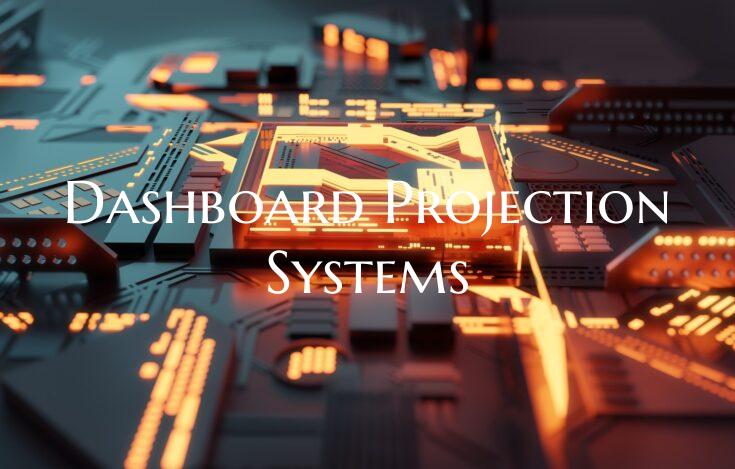Dashboard Projection Systems
Dashboard Projection Systems: Enhancing Data Visualization in Real-Time
Dashboard projection systems have redefined the way organizations present and interact with data in various settings. These innovative systems offer a dynamic and visually appealing way to display key metrics, statistics, and information to the decision-makers, making data analysis more accessible and actionable.
One of the primary benefits of dashboard projection systems is their ability to provide real-time insights. By projecting live data onto a large screen or wall, teams can monitor key performance indicators and make informed decisions on the spot. This real-time visibility enables faster response times and better predictive analysis, leading to more agile and effective decision-making processes.
Furthermore, dashboard projection systems enhance collaboration within teams by providing a shared visual platform for discussions and brainstorming sessions. With data displayed in a clear and engaging manner, stakeholders can easily identify trends, patterns, and outliers, fostering a more collaborative and data-driven approach to problem-solving.
In addition, dashboard projection systems are highly customizable, allowing users to tailor the display to their specific needs and preferences. Whether it's adjusting the layout, color scheme, or data sources, organizations can create personalized dashboards that suit their unique requirements and workflows.
Moreover, these systems offer a seamless integration with various data sources and software applications, enabling organizations to consolidate information from multiple platforms into a single, unified dashboard. This integration streamlines the data visualization process, eliminates silos, and provides a comprehensive view of the organization's performance metrics.
Overall, dashboard projection systems play a crucial role in enhancing data visualization, facilitating real-time decision-making, fostering collaboration, and streamlining data integration. As organizations continue to harness the power of data-driven insights, these systems will remain essential tools for unlocking the full potential of their data assets.

